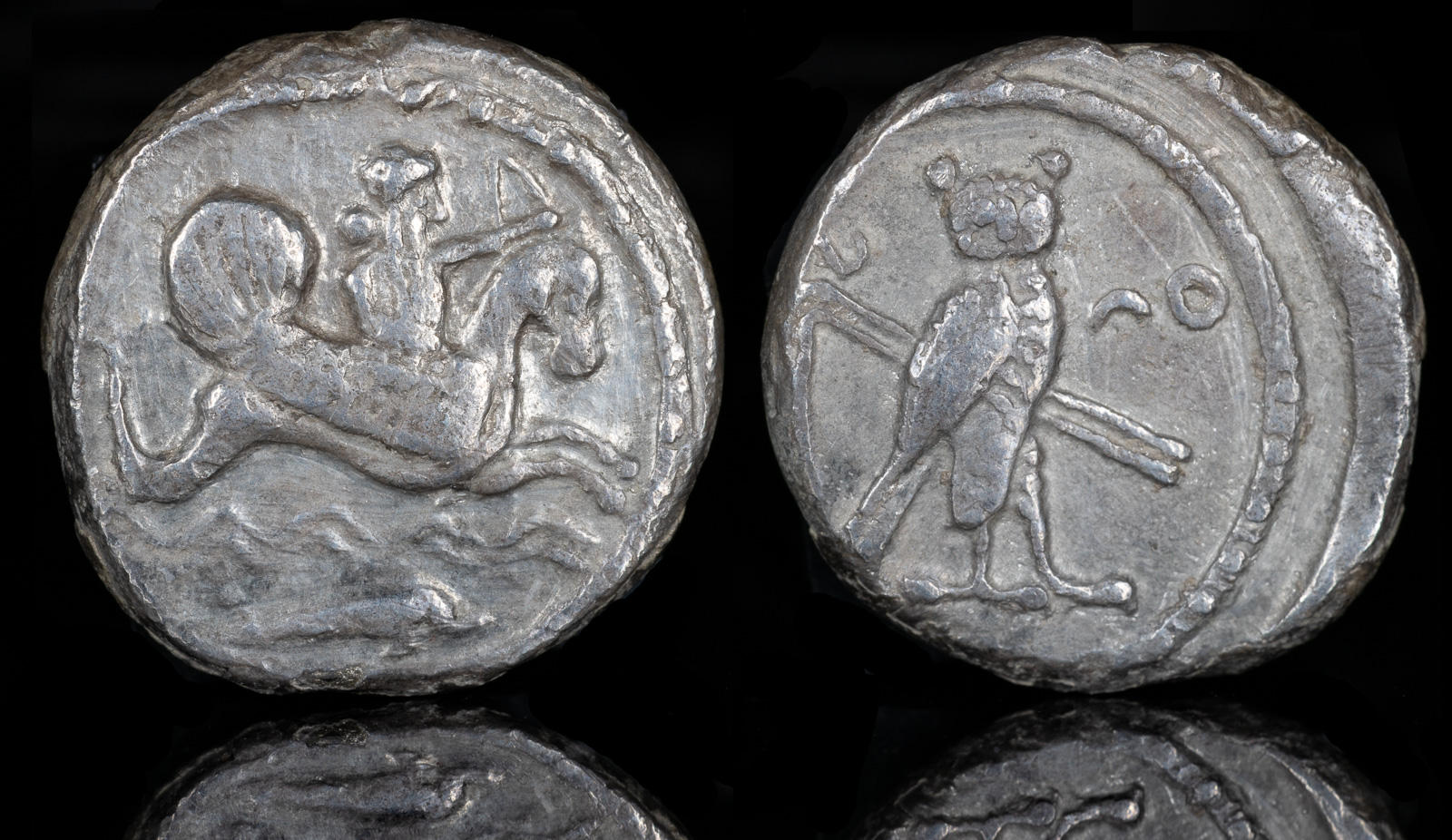Waves
View All Tags
The depiction of waves on ancient Greek coinage carries rich symbolism, often linked to themes of maritime power, trade, and the sea, which were central to Greek culture and economy. Many Greek city-states were situated along the coast or on islands, and as such, the sea played a crucial role in their daily life, both as a source of wealth and as a means of defense. Waves on coins often served to represent the sea’s dominance in shaping the identity and prosperity of the polis (city-state), as well as its connection to various deities, such as Poseidon, the god of the sea, earthquakes, and horses.
For example, the waves were often depicted in association with maritime deities or symbols, such as Poseidon, who was frequently represented with a trident and surrounded by waves on coins. This connection emphasized the god’s control over the seas, a powerful and essential force for Greek city-states that relied on naval trade, warfare, and exploration.
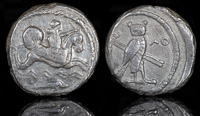
Azemilkos of Tyre 340/39 BCE
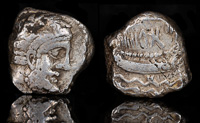
Gerostratos of Arados 335/334 BCE
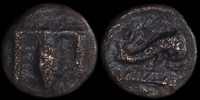
Pale, Kephallenia 4th Century BCE
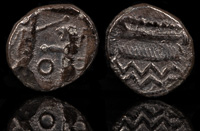
Samaria 375-333 BCE
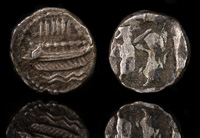
Straton of Sidon 337/36 BCE
